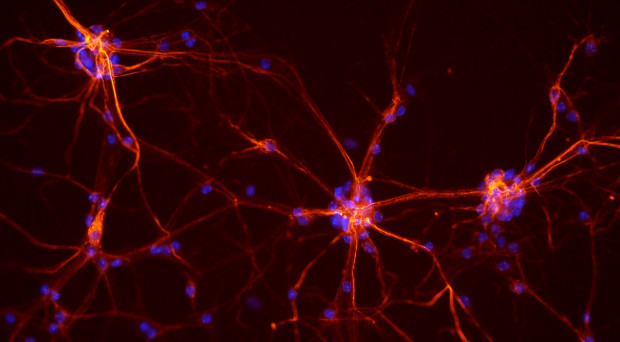
Searching for a virus
Almost 40 years ago, I first engaged myself into (at that time) the very obscure field of human demyelinating diseases of the central nervous system (CNS). I joined a very distinguished neurovirology lab at the University of Chicago Pritzker School of Medicine (USA) where, like the majority of the frontline researchers in the world, scientists were searching for the ‘multiple sclerosis (MS) virus’.
Shortly after, it became evident that many abnormalities actually resided within the boundaries of the immune system, and then the mainstream of MS research quickly shifted towards neuroimmunology.
In a relatively short period of time, neuroimmunologists described and explained many important pathogenetic aspects of MS, myasthenia gravis, Lambert Eaton syndrome, Guillain-Barre disease, Stiff person syndrome and many other paraneoplastic conditions.
These were essential to the development and diffusion of specific and reliable animal models of human CNS demyelination, neuromuscular transmission impairment, and peripheral nerve demyelination.
These pioneering years in the 1960s and 1970s were followed by a couple of decades in which potential and suitable targets within the complex network of altered immune activity leading to human (auto)immune mediated neurological diseases were researched.
A clinical explosion
The first proof-of-concept pivotal clinical trials were completed with the demonstration that the previously relentless progression of disease and accumulation of disability could be altered.
The first proof-of-concept pivotal clinical trials were completed with the demonstration that the previously relentless progression of disease and accumulation of disability could be altered and, in some cases, even stopped for years if not decades.
In the last 20 years we have witnessed a Renaissance period; an explosion of well prepared and compelling randomized, blinded, international clinical trials that have convincingly established the clinical usefulness and relative potency of new and innovative drugs able to halt the clinical activity of the most common relapsing-remitting form of MS, the characterization of new subtypes of MS such as neuromyelitis optica spectrum disorder and of effective treatments to prevent their sometimes very aggressive course.
The field of neuroimmunology has also propelled the blossoming of other companion sub-specialties such as neuroradiology, neurophysiology, neurogenetics, neuro-ophthalmology and many other expanding areas of neuroscience.
Today’s field of MS has entered its maturity: new pathogenetic mechanisms are suggested based on genetic and immunological studies. Advanced imaging methodologies allow earlier and better diagnosis, and provide hints into the microscopic mechanisms of the disease.
A plethora of disease modifying treatments is finally available to smolder the inflammatory components of the pathogenetic process, and improved rehabilitation approaches allow a better management of the inevitable burdens of advancing disease.
Patients’ associations are increasingly penetrant in their advocacy and are able to enact political agendas to improve the quality of life of their members.
There’s still a lot to learn
We still lack a convincing etiology (or etiologies) for MS and it is still debated whether MS should be considered a single clinical entity.
Nevertheless, the MS community perceives that several important goals are far from being achieved. We still lack a convincing etiology (or etiologies) for MS and it is still debated whether MS should be considered a single clinical entity or, as confirmed by the continuous characterization of new clinical subtypes, a syndromic association of CNS demyelinating diseases.
We desperately need a thorough understanding and, accordingly, a rational therapeutic strategy for progressive forms of MS. The concept of NEDA (no evidence of disease activity) is an appealing therapeutic target, but it is still unknown whether it could be achieved in the majority of the patients.
Most of all, the entire sustainability of the MS care is at risk due to the persisting decline of western economies and the conflicting rising costs of medical technology, drugs and care.
We believe that such a turbulent but riveting area of medicine deserves a new dedicated forum where all these heterogeneous issues can be represented and discussed. Accordingly, the mission of Multiple Sclerosis and Demyelinating Disorders (MSDD) is to publish high-quality, original basic, translational and clinical research in the field of MS, neuromyelitis optica and all other demyelinating diseases of the CNS.
A special consideration will be given to areas slightly neglected by other journals, such as the economics and sustainability of MS clinical care, the role of advanced nursing on clinical care of demyelinating disorders and the impact of stakeholder’s associations on the management of MS.
Our ultimate goal is to create an interdisciplinary exchange platform that the majority of physicians, nurses, administrators and patients’ advocates will reach out to update their complex activities in support of MS patients. With your help and attention we will succeed.
Comments